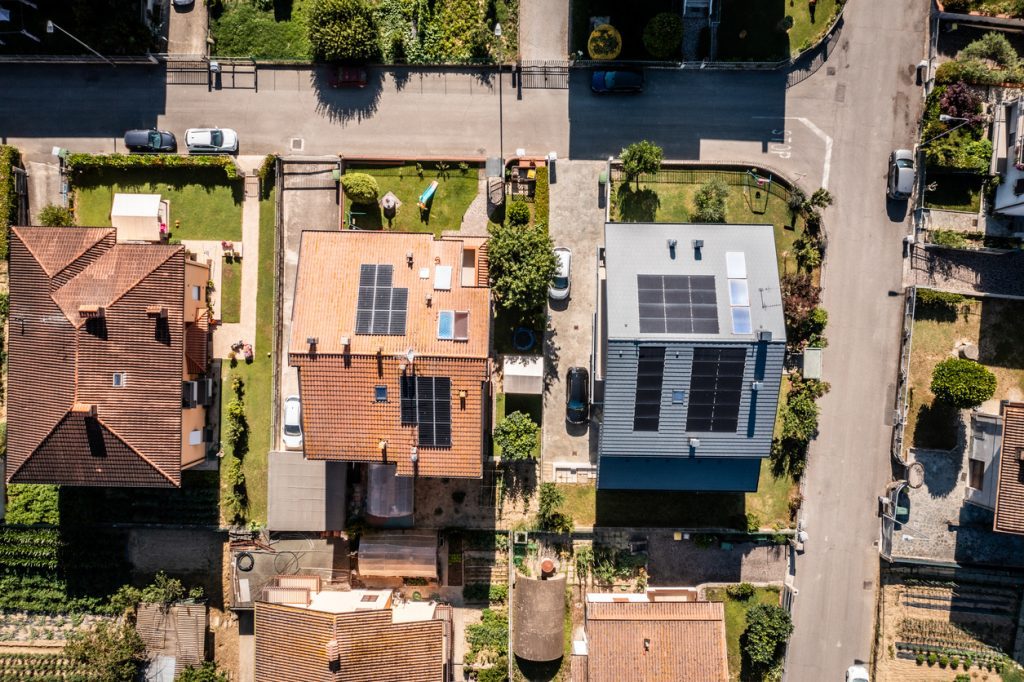Smart cities: How we live will change in the future
By Andrew Dunbar | 31/10/2018

We’ve devoted plenty of our regular weekly posts to the changing world around us, and this has been done for good reason: Technology-led change is by far the biggest shift that many of us will see in our lifetimes. The knock-on effect, to the way we live and to our finances, means that it’s worth discussing.
I recently read a report that I found interesting in terms of our future. This report, from McKinsey, outlined the future of our cities. It piqued my interest enough that I took a further look, and found a stat that made me take notice: By 2050, it’s predicted that 75% of the world’s population will live in a city. That’s a huge population shift.
So how will this play out here in Australia? And what will the impact on our finances be?
City living will be crowded
The central component to this is that cities, combined with technology, will be much different places than they are today. In essence, a ‘smart city’ is one that uses digital technology and data to improve the quality of life for its citizens, across areas like utilities, resource management, transport, and connectivity. As technology becomes more important, so does the rise in the number of cities worldwide that are looking to take advantage of it, to become ‘smart’. It’s an enviable tag, as in the future, the ability for a city to be classed as 'smart' will lead to huge lifestyle benefits for its citizens.
Big cities certainly seem to be the way of the future. There’s a national debate going on today as we discuss the future of our big cities, particularly Sydney and Melbourne. It’s all led to a change in the way we live.
We’ve seen this in Sydney with the rise in apartment developments, particularly along the new metro rail corridor, meaning that the future Sydney will have a large proportion of dwellings that are in high rises, not the traditional three bedroom home. Melbourne has also seen an explosion in high-rise residential apartment construction in recent years, a trend that’s set to continue.
The reality is that the major cities are where the largest employment opportunity exists and that will drive population growth.
A focus on people could ease the burden
What was really interesting in the Mckinsey report was that their main point focused on the fact that technology is only the enabler of change. What they believe we’ll see is a shift, which in many cases is already happening, to focus on people: How we use technology to make our lives more convenient.
For example, the explosion in the amount of data that is available in all areas of our lives has opened up a range of opportunities. It’s no different for those who manage our cities; the data is available to be harnessed around infrastructure for public transport, as an example, and is something that needs to be examined. City leaders can now make smarter, data-driven decisions. Using technology like AI (artificial intelligence) to help make those decisions will also be crucial.
Technology is already making an impact. We can now see traffic reports in real time, analysing where bottlenecks exist so that we can avoid them. The next step will be integrating and connecting all that information to make quicker decisions. For example, you could see real-time data on all your transport options, from your car to the different public transport methods, all laid out to present you with the best transport option. In fact, Google Maps already offers a simple version of this, showcasing the power of connecting data to save time in our busy lives; just imagine what else it could do and where it could go next.
Financial decisions
For the Australian market, moving to a city may not be the only option. If governments focus on improving infrastructure, and we can take advantage of new technologies like 5G, then living close to where you work may not be necessary. Working remotely is already popular here, but if we can make that easier, then living out of the city will become an even more attractive option. In turn, that can impact many areas of our lives, such as buying a home.
As Sydney and Melbourne have become unaffordable to some in the community, even with the recent downturn in some areas, living further away from the CBD is a reality for many. What technology can do is make a sea or tree change easier; you can still work in the field you wish to. Couple that with better and faster transport infrastructure, then living further afield can become less of a transport hassle.
Smart cities will also mean improvements in a range of other areas, from lower crime rates through to improved healthcare options. McKinsey predicts that smart cities will reduce the health burden from a cost perspective by up to 15%. Smart homes will be a part of this too, with the ability to automatically regulate areas such as energy and water consumption, removing wastage and keeping your power bill down. Overall, McKinsey predicts that, for the average city resident, technology will decrease the cost of living by at least 3%.
If it all goes to plan, the smart cities of the future might be larger, but with technology change, they just might be more liveable too.
General Advice warning
The information provided in this blog does not constitute financial product advice. The information is of a general nature only and does not take into account your individual objectives, financial situation or needs. It should not be used, relied upon, or treated as a substitute for specific professional advice. Apt Wealth Partners (AFSL 436121 ABN 49 159 583 847) recommends that you obtain professional advice before making any decision in relation to your particular requirements or circumstances.









